Sangwonsa Temple (상원사(오대산))
16.0 Km 18715 2021-12-06
1215-89, Odaesan-ro, Pyeongchang-gun, Gangwon-do
+82-33-332-6666
Sangwonsa Temple is located 8 kilometers north of Woljeongsa Temple. The temple was built by Buddhist monk Ja Jang in the 12th year of Silla Queen Seondeok, and rebuilt in 705 during the 4th year of King Seongdeok's reign. It burned down in 1946, but was restored once again in 1947. The temple is home to the Bronze Bell of Sangwonsa (a National Treasure), the oldest bronze bell in the nation. The bell, built during the 24th year of King Seongdeok, has a x_height of 1.67 meters and a diameter of 91 centimeters with a beautiful, clear ring. Other relics at the temple include Statue of Child Manjusri, said to have been seen directly by King Sejo, as well as a tablet commending the rebuilding of Sangwonsa Temple, written by King Sejo. Gwangdaegeori, located at the temple entrance, is also connected with King Sejo through a story of his bathing in the pure mountain stream one day while visiting Sangwonsa Temple.
Daegwallyeong Sheep Ranch (대관령 양떼목장)
16.7 Km 96170 2024-02-28
483-32 Daegwallyeongmaru-gil, Pyeongchang-gun, Gangwon-do
Daegwallyeong Sheep Ranch is situated at an elevation of 920 meters, sprawling across 205,000 square meters of open grassland. The sheep roam freely throughout the year, except in winter, allowing visitors to wander the trails and watch the flock in their natural setting. For those looking to interact more directly, there is an option to participate in a feeding experience, where visitors can feed hay to the sheep. A 1.2-meter-long circular walkway encircles the sheep grazing field, and a leisurely stroll along this path takes about 40 minutes. The ranch is also known for its numerous scenic photo opportunities. Additionally, a wildlife habitat community is established at the center of the ranch, enhancing its ecological appeal.
Jeonggangwon - Traditional Korean Food Culture Experience Center (정강원 (한국전통음식문화체험관))
16.8 Km 28798 2020-06-29
2010-13, Geumdanggyegok-ro, Pyeongchang-gun, Gangwon-do
+82-33-333-1011
Jeonggangwon - Traditional Korean Food Culture Experience Center was established in order to preserve, research, distribute and promote the values and merits of traditional Korean food culture in the world. There are various hands-on facilities for traditional food culture such as an exhibition hall, cooking room, and a fermentation room. The center is a great place for anyone who wants to learn more about traditional Korean food culture and take part in various experiences.
Mojeongtap Trail in Nochusan Mountain (노추산 모정탑길)
16.9 Km 10268 2024-03-18
1679-8 Daegi-ri, Wangsan-myeon, Gangneung-si, Gangwon-do
Nochusan Mountain, part of the Taebaek Mountain Range, derives its name from the ancient Chinese states of Lu (No) and Zou (Chu). This naming commemorates the area's historical significance as a place of study for two of Korea's great scholars: Seol Chong from the Silla period and Yi I from the Joseon era. The Mojeongtap Trail on Nochusan Mountain is noteworthy for its 3,000 stone towers, erected by an elderly mother in honor of her children. The term “Mojeong” signifies a mother's love for her children.
Samyang Ranch (삼양목장)
17.3 Km 39076 2019-02-15
708-9, Kkotbadyangji-gil, Pyeongchang-gun, Gangwon-do
+82-33-335-5044~5
Asia's largest green pasture, this vast meadow is where milking cows feed on the fresh, clean grass. The view from the 1,470m high plateau is remarkable as well. The ranch has been used as a filming site for many dramas and movies.
Sugamgyegok Valley (숙암계곡)
17.4 Km 36650 2024-02-28
Danim-gil, Bukpyeong-myeon, Jeongseon-gun, Gangwon-do
Sugamgyegok Valley, stretching 10 kilometers long, meanders around Sangwonsan and Gariwangsan Mountains. The roads flanking the valley are favored destinations for scenic drives. One of the valley's key features is the Sugamsaem Spring, known for its clear and cold water. Upstream, a 20-meter-tall waterfall stands as a prime attraction, complemented by the historical Sugamseowon Confucian Academy. The valley is lush and verdant in spring, transforming into a vibrant display of red fall colors in autumn. Visitors can follow the hiking trails to fully immerse themselves in the stunning scenery of the valley.
Myeongga (명가)
17.7 Km 479 2021-08-07
16-7, Boraeryeong-ro, Pyeongchang-gun, Gangwon-do
+82-33-333-4333
Serving a variety of Chinese dishes, it has a large space that can accommodate group diners. This restaurant's signature menu is noodles in black bean sauce. This Chinese (cuisine) restaurant is located in Pyeongchang-gun, Gangwon-do.
Bongpyeong 5-day Market (봉평5일장/봉평시장 (2, 7 일))
17.7 Km 34939 2020-06-19
14-1, Dongijangteo-gil, Pyeongchang-gun, Gangwon-do
+82-33-336-9987
Bongpyeong Market opens on days with '2' and '7' with the interval of five days. One can imagine as the protagonist in the famous novel by Lee Hyo-seok 'When the Buckwheat Blossoms' as he or she goes through the market. Recently, memil without fail, has been the top product in the market. From Memil Mak-guksu (buckwheat noodles), Memil-buchim (buckwheat pancake), Memil-jeonbyeong (buckwheat crepe), Memil-Jjinbbang (buckwheat steamed bun), Tojong Memil-Sundae, Memil Guksu-Jeongol (buckwheat noodles hotpot), Memil Namu Bibimbap and more, a variety of buckwheat-related foods can be found in this market.
Hyoseok Culture Village Buckwheat Food Street (효석문화마을 메밀음식거리)
17.7 Km 30194 2021-03-11
31, Gipung 3-gil, Pyeongchang-gun, Gangwon-do
+82-33-330-2771
The Hyoseok Culture Village is the place where author Lee Hyo-seok (penname “Gasan”) was born and raised. The village is also the setting of the author’s story "When Buckwheat Flowers Bloom,” one of the most celebrated Korean short stories to date. Since 1999, the Hyoseok Cultural Festival has been held here every September to commemorate the writer. Visitors to the festival can enjoy various foods and events as well as a replica of scenes from the book. For those that are searching for a more tranquil visit, avoid the month of September, when the buckwheat flowers are in full bloom. Don't forget to try all the different memil (buckwheat) dishes offered throughout the area all year round.
Migayeon (미가연)
17.7 Km 7463 2019-05-21
108, Gipung-ro, Pyeongchang-gun, Gangwon-do
+82-33-335-8805
Migayoun is a Korean restaurant specializing in dishes made of buckwheat and buckwheat sprouts, which are known for their high vitamin P content. Pyeongchang, where Migayoun is located, is particularly famous for buckwheat, the sprouts of which are clinically proven to be good for diabetes, geriatric diseases, and weight control.
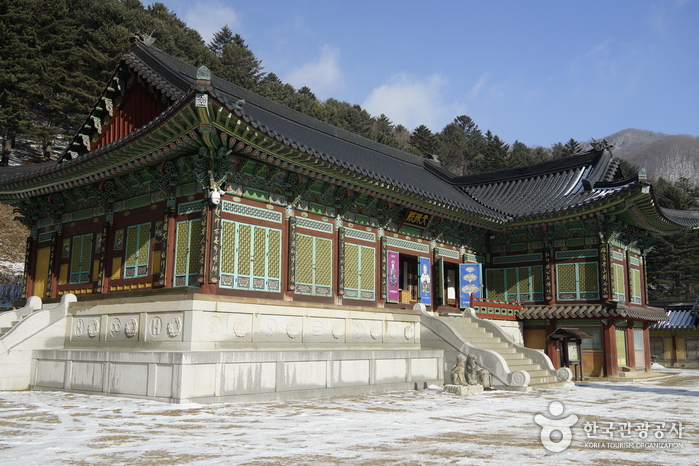
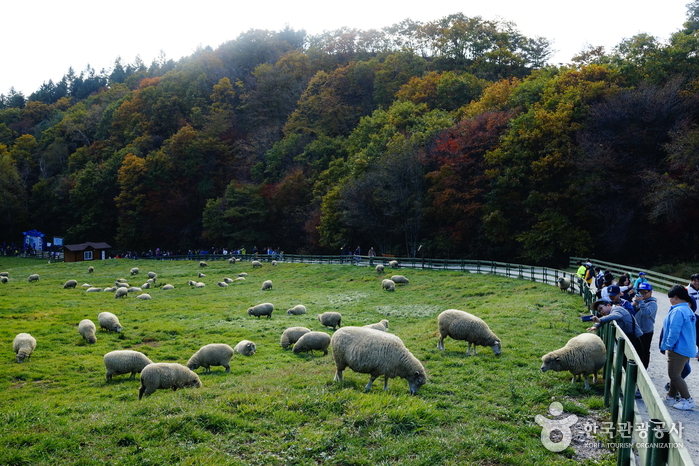

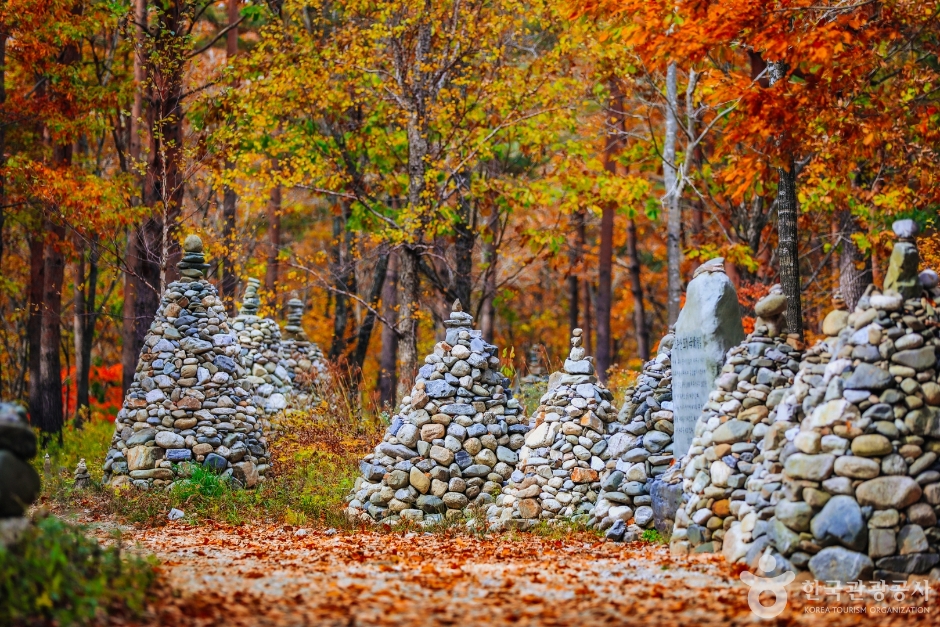
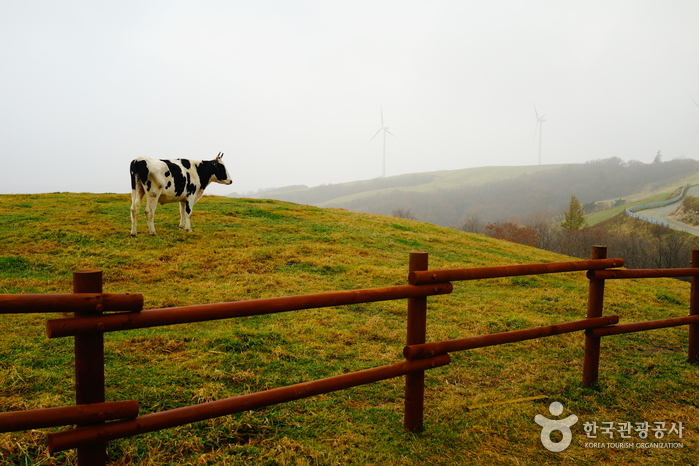
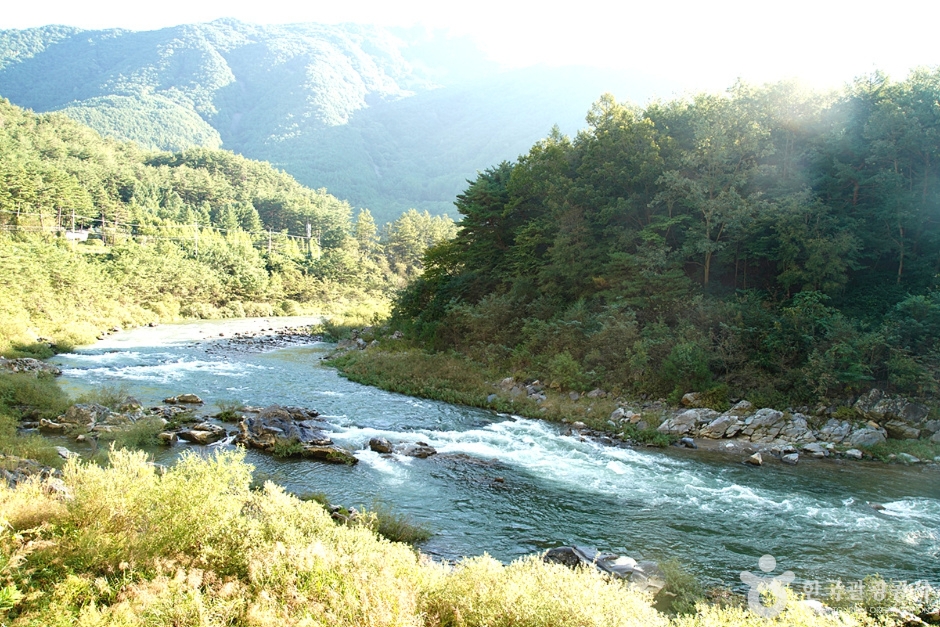
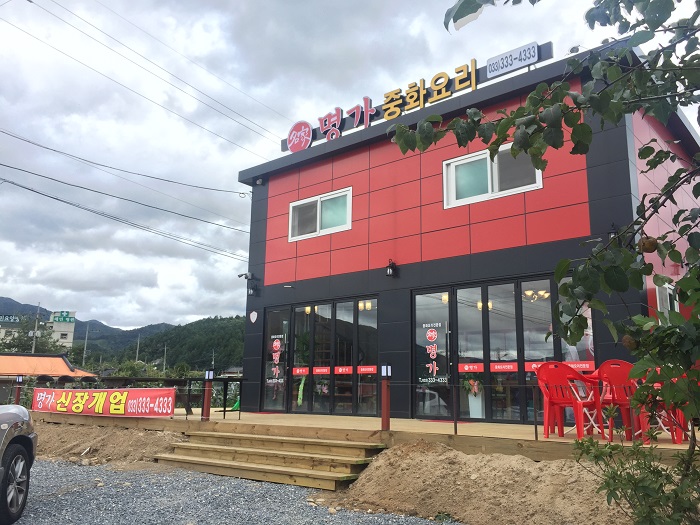
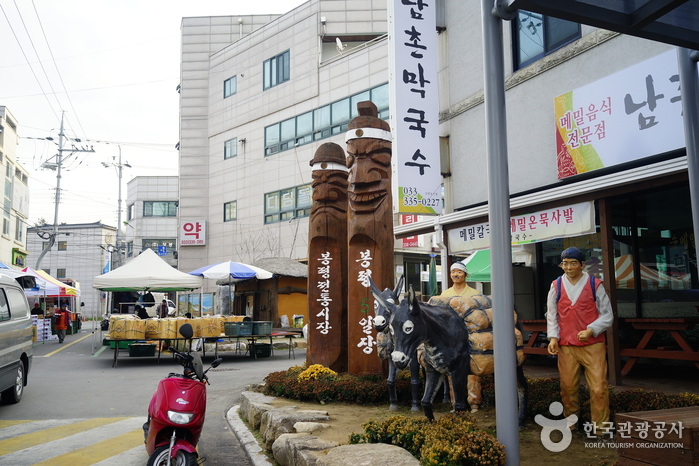
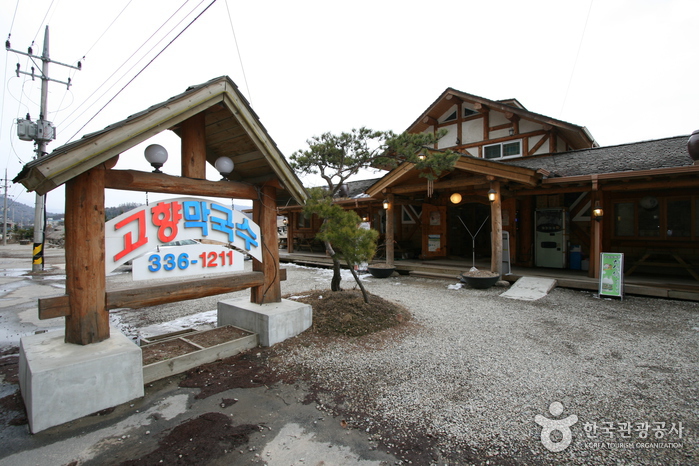
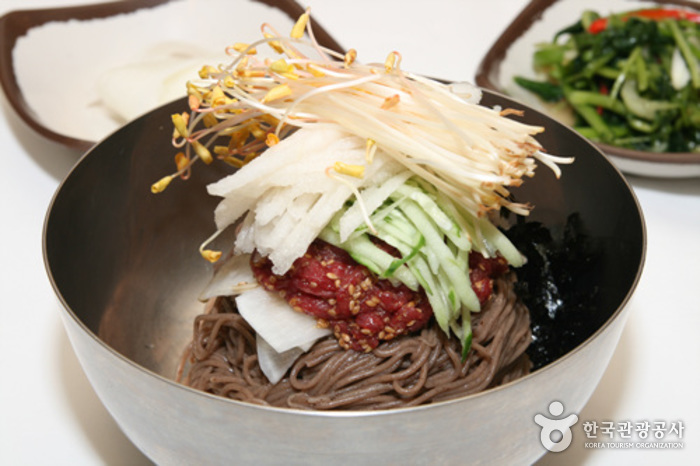
 English
English
 한국어
한국어 日本語
日本語 中文(简体)
中文(简体) Deutsch
Deutsch Français
Français Español
Español Русский
Русский